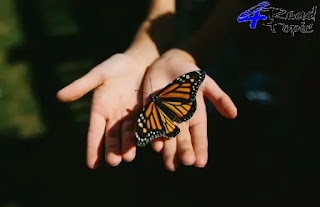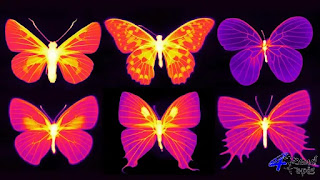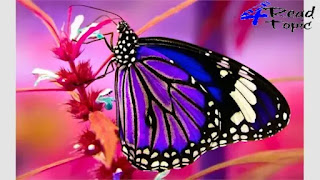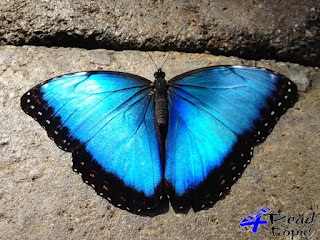ALL ABOUT BUTTERFLIES
Butterflies are beautiful, flying bugs with massive scaly wings. Like all insects, they have six jointed legs, three physique parts, a pair of antennae, compound eyes, and an exoskeleton. The three physique components are the head, thorax (the chest), and stomach (the tail end).
The butterfly's physique is blanketed using tiny sensory hairs. The 4 wings and the six legs of the butterfly are connected to the thorax. The thorax consists of the muscle mass that makes the legs and wings move.
- Numbers of species:
Due to their brilliant hues and visits to flowers, butterflies are the most acquainted of bugs to humans. There are over 17,500 butterfly species worldwide, including approximately 750 species in the US.
- Distinctive characteristics:
Butterflies are the sole crew of bugs that have scales protecting their wings, Despite the fact that some butterflies' scales have shrunk. They vary from different bugs additionally via their capability to coil up their proboscis.
- Immatures:
Caterpillars are the names given to the larvae of each butterfly and moth. They are typically very distinctive, and in some instances may additionally be recognized extra without difficulty than the adults. When they are developing, their skin may also be shed 4 or extra times, with every molt frequently altering the coloration and look of the caterpillar. They devour voraciously to radically change plant fabric into tissues that they will want for metamorphosis.
- Plant associations:
Butterflies are many times related to plants, and the relationship is from time to time complex. Immatures, with few exceptions, consume flora and consequently can also be viewed as dangerous to the plants. Butterflies, on the other hand, are critical for many flowers that rely on daffodil insects for cross-pollination. Most butterfly caterpillars devour one, or now and again several, associated species of plants. Usually, the desire is made via the grown-up girl when depositing eggs. Adults normally feed on nectar from plants, while many butterflies, especially in the tropics, also eat rotting fruit, excrement, and other waste products.
- Migration:
Butterfly migration is first-class exemplified by using the Monarch, which is broadly regarded to migrate in the fall to overwintering websites in California and Mexico. But in the United States, several different butterfly species interact in lesser migration distances. Buckeye, Painted Lady, Purple Wing, Great Southern White, Clear skies Sulphur, and Little Sulphur are only a few of them.
- Wing colors:
butterflies show up in two types, pigment and structural, often mixed in one individual. Pigment shades are acquainted in paints, dyes, and inks, and are described as precise components with exact chemical composition. Structural colors are as an alternative produced in a bodily manner, comparable to a rainbow. Morpho butterflies are a common example of butterflies with structural color.
- Vision:
The imaginative and prescient of butterflies seems to be excellent, particularly inside brief distances. They can fly with precision in areas of many obstacles.
- Mating Behavior:
Females are commonly in a position to interact in mating on the day of emergence, however, adult males do no longer commonly mate for several days. Courtship rituals fluctuate extensively amongst species.






Comments
Post a Comment
You can write your comment here